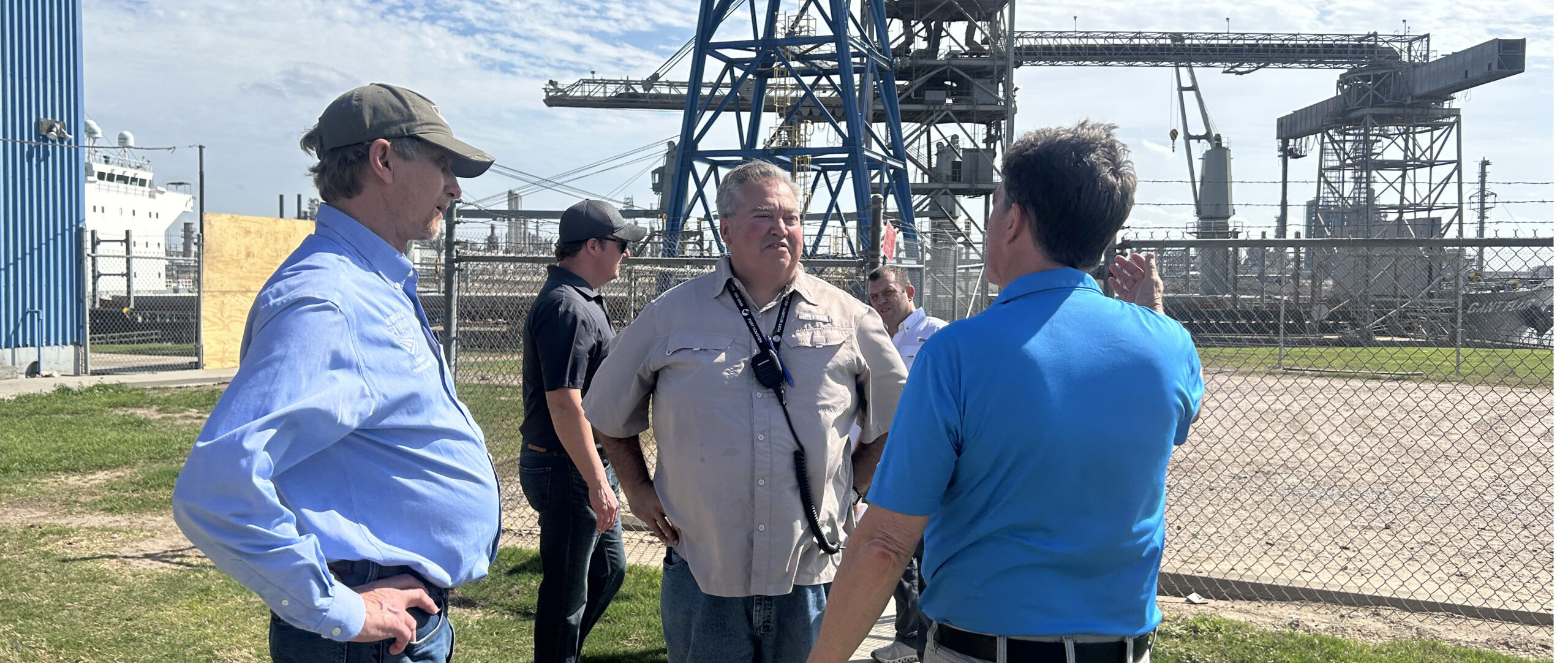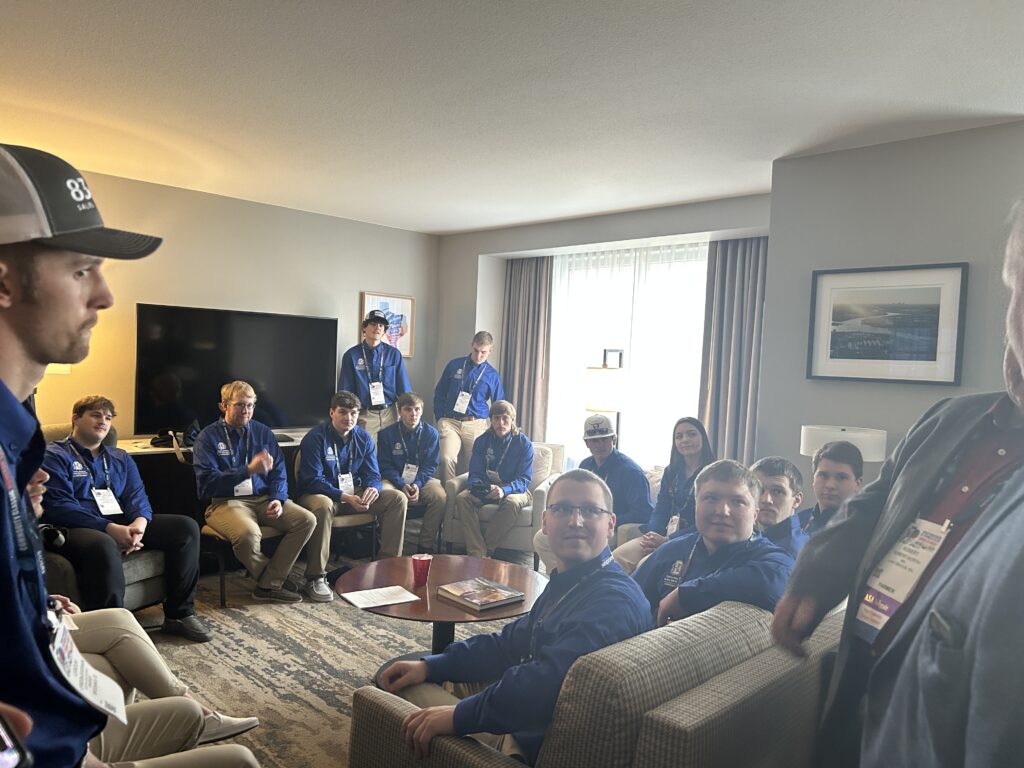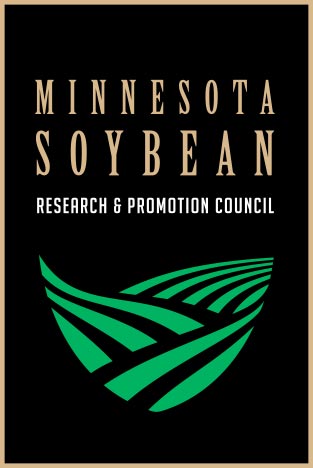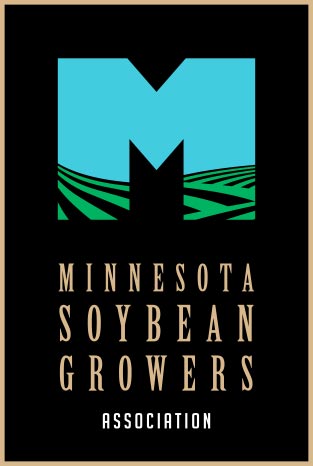MSR&PC touts checkoff, tours facilities in Houston during Commodity Classic
MSR&PC touts checkoff, tours facilities in Houston during Commodity Classic

Commodity Classic has established a reputation for connecting industry, farmers and state and national organizations to get a closer look at agriculture’s latest innovations and initiatives. This year’s Commodity Classic brought Minnesota Soybean Research & Promotion Council (MSR&PC) leaders to Houston, Texas, to engage with colleagues and highlight how MSR&PC and the United Soybean Board are doing “Soy Much More” to improve farmers’ bottom lines.
“It is great to be down here,” said Tom Frisch, MSR&PC chair. “Our directors are busy attending meetings with organizations we support and learning ways to advance the checkoff.”
MSR&PC Director Joe Serbus, who represents the Council on the Soybean Transportation Coalition (STC), participated in a tour of the Andersons Grain Elevator and Port Houston.
“Houston has been impressive,” Serbus said, who has served on the STC board for two years. “It is amazing to see all the different options we have for our exports.”
The Andersons facility focuses on shipment of hard red spring wheat, hard red winter wheat, sorghum, soybeans, milo and corn. The facility receives grain from all over the country with most of the soybeans coming from Minnesota, Iowa, Kansas and Missouri.
During the tour, the groups divided into three. First, they visited the lab that tests grade grain and conducts quality control studies to ensure specs are being met for the customer. Next, the group visited the control center, which handles the logistical side of loading the ship. Lastly, the group headed outside to view the process of the ship being loaded.
Next the group headed to the Houston Port where they saw hustle and bustle of trucks coming into the port to be loaded on ships. The Houston Ship Channel opened in 1914 and is the No. 1 port in the U.S. and the country’s busiest waterway. It manages eight public terminals – including two container facilities – and contributes $906 billion in economic activities nationwide.
“It’s great to see an alternate route to get grain down the Gulf,” Serbus said.
The North Central Soybean Research Program (NCSRP), a partner of MSR&PC, also held its annual meeting in conjunction with Commodity Classic. MSR&PC board member Gene Stoel serves on the NCSRP board, and Director of Research David Kee serves as staff support. NCSRP is tasked with investing soybean checkoff funds in university research and extension programs to better understand and manage plant stressors that reduce soybean yield and farmer profitability.
During the board meeting, NCSRP Program Manager Cate Newberg highlighted the importance of the numerous partnerships each of the state organizations are part of by utilizing colored string to showcase the individual involvement of each person in the room.
“I’m trying to highlight how everything connects,” Newberg said. “All entities strengthen our impact as we work together.”

The interconnectedness continued throughout other meetings, as current Minnesota Soybean Growers Association (MSGA) Director Joel Schreurs was elected to represent MSR&PC on the U.S. Soybean Export Council (USSEC). Schreurs will also serve as USSEC secretary.
“It was an honor to be elected by my peers, and I’m looking forward to continue helping improve market access for Minnesota farmers,” Schreurs said.
Farmer leaders also welcomed special guests. Prior to Classic, the Council voted to sponsor a bus trip to bring South Dakota State University students down to Houston. Just a few hours after the students arrived in town following their nearly 20-hour drive, directors from both MSR&PC and the Minnesota Soybean Growers Association (MSGA) hosted 22 students and faculty for a meet-and-greet.
“Agriculture is getting harder and harder, and we’ll need the next generation of professionals to lead us,” Council CEO Tom Slunecka. “Our future is right here in this room.”
The Council also supported SDSU’s Raven Precision Ag Building with checkoff resources.
“This is such a cool opportunity, and we really appreciate Minnesota Soybean doing this,” said Jesse Enstad, program coordinator in SDSU’s ag department. “It means a lot to us.”
Established in 1996, Commodity Classic features a robust schedule of more than 30 educational sessions, two trade show floors with over 430 exhibitors featuring the latest technology, equipment and innovation, inspiring speakers, unique tours and the opportunity to network with thousands of farmers from across the nation. As usual, USB had a large presence on the trade show floor.
“Commodity Classic has been great,” Frisch said. “The technology on display here is pretty amazing. It continues to amaze me the innovations our industry sees year to year, and the checkoff plays is its own role in moving agriculture forward.”



